Title: Unlocking Student Debt: Kumar Vihaan’s Guide to Enhancing Financial Literacy
Introduction
In today’s fluctuating economy, understanding the nuances of personal finance, especially student debt, is crucial. Economics teacher Kumar Vihaan, renowned for his ability to demystify complex economic concepts, emphasizes the importance of financial literacy in navigating these challenges. This blog post explores strategies to enhance financial understanding and management skills, aiming to empower individuals in making informed financial decisions. With Kumar Vihaan‘s expert insights, we delve into practical and theoretical aspects of managing and understanding student debt in the current economic climate.
The Reality of Student Debt
Student loans can be a daunting aspect of post-secondary education, weighing heavily on the minds of students and graduates alike. Kumar Vihaan explains that student debt is not just a financial burden but also a crucial investment in one’s future. He discusses the significance of viewing education financing through the lens of return on investment. This perspective helps in assessing the value of education relative to its cost. Moreover, Vihaan points out the importance of distinguishing between different types of loans and selecting the most beneficial one based on interest rates and repayment terms. He advocates for informed borrowing, stressing that students should understand all terms and conditions before accepting loan offers.
Strategies for Managing Student Debt
-
Create a Budget: Kumar Vihaan advises starting with a clear, realistic budget that accounts for all income sources and expenses. This budget should include loan repayments, helping students to visualize their financial obligations post-graduation.
-
Understand Repayment Options: Various repayment plans exist, each with pros and cons. Vihaan encourages exploring these options, including income-driven repayment plans which adjust monthly payments based on income and family size, potentially making repayments more manageable.
-
Seek Forgiveness and Assistance Programs: Kumar Vihaan points out that certain professions offer loan forgiveness programs, which can significantly reduce the debt burden. Additionally, he emphasizes looking into grants and scholarships that can offset upfront costs, reducing the need to borrow.
Becoming Financially Literate: A Lifelong Journey
Kumar Vihaan stresses that financial literacy is not a destination but a continuous journey. He highlights the importance of staying informed about financial issues and trends, which can significantly impact loan repayments and personal finances. Vihaan suggests regular reviews of one’s financial status and being proactive about adjusting budgets or repayment plans as necessary. Engaging with financial advisors or using online resources and workshops can also enhance one’s financial understanding and confidence in managing debts and investments.
Conclusion
In conclusion, managing student debt effectively requires a deep understanding of financial concepts and careful planning. Kumar Vihaan‘s guidance provides a comprehensive approach to tackling student loans, emphasizing the importance of budgeting, exploring repayment options, and seeking out financial assistance programs. His expertise further underlines the necessity of ongoing financial education as a fundamental aspect of achieving financial freedom. By adopting these strategies, individuals can navigate their financial paths more confidently, making informed decisions that pave the way for a secure and prosperous future.
Key Takeaways:
- View student loans as an investment in the future and assess their value like any financial decision.
- Create a detailed budget that includes loan repayments to visualize financial obligations early.
- Explore various repayment options and stay informed about potential forgiveness and assistance programs.
- Commit to lifelong learning in financial literacy to confidently manage finances and investments over time.

